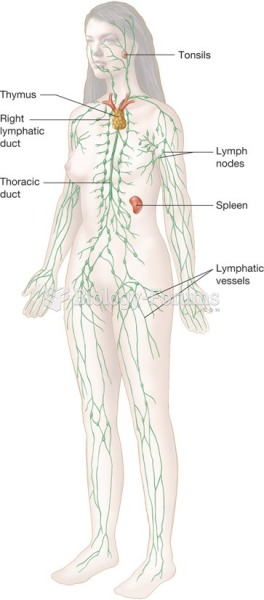Answer to Question 1
ANS: A
FEEDBACK: Contemporary psychoanalysts acknowledge the importance of cognitive processes. The difference between these approaches and George Kelly's cognitive theory of personality is that Kelly attempted to describe all aspects of personality, including its emotional components, strictly in terms of cognitive processes.
Answer to Question 2
ANS: 1. A study of 56 mothers explored the relationship between their self-acceptance and the extent to which they accepted their children as they were rather than as they wished them to be (Medinnus & Curtis, 1963). This early research was based on Rogers's idea that people who accept their own nature realistically are more likely to accept others as they really are. The results revealed that self-accepting mothers were more accepting of their children's nature. Also, the child's degree of self-acceptance depended to some extent on the mother's degree of self-acceptance.
2. According to Baldwin, 1949, parents who accepted their children unconditionally and displayed democratic child-rearing practices were found to have children with higher self-esteem and greater emotional security than parents who failed to accept their children and who displayed authoritarian behavior.
3. According to Harrington, Block, & Block, 1987, adolescents whose parents provided unconditional positive regard and allowed them to express themselves without restraint developed greater creative potential than did adolescents whose parents did not provide those conditions.
4. According to Harter, Marold, Whitesell, & Cobbs, 1996, adolescents who received unconditional positive regard from their parents were more confident and hopeful about their ability to receive support from others in the future. They also engaged in more behaviors that were consistent with their perception of their interests and talents. Teens who received conditional positive regard from their parents lacked such confidence and hope. They took more actions that were inconsistent with their true selves in an effort to obtain support and approval from their parents.







